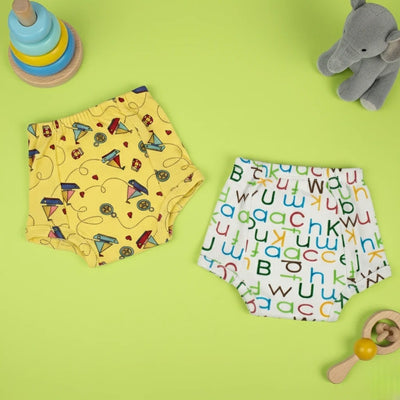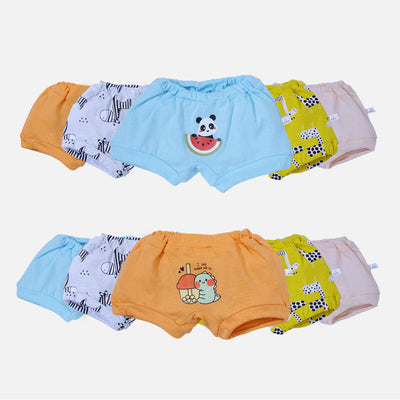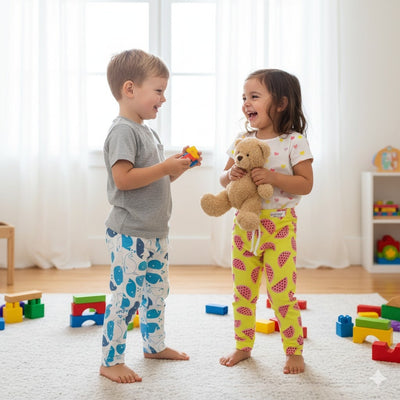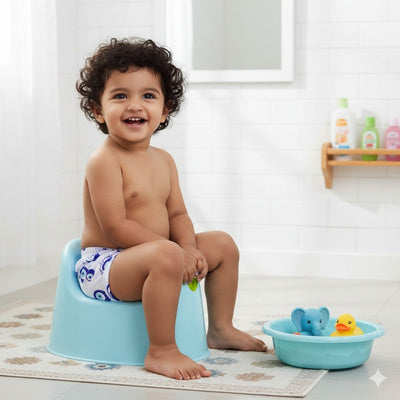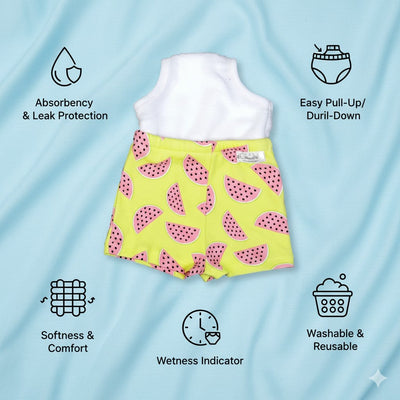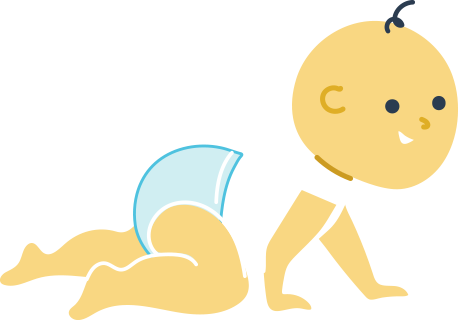Potty Training for Working Parents: Tips That Actually Work
Learning to use the potty is one of the key milestones in a toddler’s early development. While it can be challenging for any parent, working parents often face unique hurdles from balancing busy schedules to managing daycare routines. With the right strategies, supportive tools, and a positive mindset, potty training can be a smoother, less stressful experience for both you and your child. Snugkins understands these challenges and offers practical solutions, including potty training pants, to make the journey easier.
Understanding the Challenges
Working parents juggle multiple responsibilities. Between commuting, office hours, and household chores, finding consistent time for potty training can be tough. Children may face disruptions in routine, which can sometimes lead to setbacks. Common issues include:
-
Accidents during daycare or playtime
-
Regression due to stress or changes in schedule
-
Resistance to using the potty consistently
Recognizing these challenges is the first step in creating a potty training plan that fits both your lifestyle and your child’s needs.
Choosing the Right Tools: Padded Underwear
One of the most effective ways to support potty training for working parents is by using the right products. Padded underwear offers comfort, protection, and convenience, making it ideal for toddlers learning to stay dry.
-
Comfort and Confidence: Padded underwear is designed to feel like regular underwear while providing absorbency for accidents. This allows your child to develop a sense of independence and boosts their confidence
-
Convenience for Working Parents: These products minimize messes and make transitions between home, daycare, and outings smoother.
Snugkins offers potty training pants that are soft, absorbent, and toddler-friendly, specifically designed to support busy parents without compromising on comfort.
Tips for Working Parents
Here are practical tips to make potty training manageable, even with a tight schedule:
1. Establish a Consistent Routine
Maintaining a consistent routine helps children grasp the timing and process of using the potty. Even if your work schedule is hectic, try to establish set times at home for potty breaks, for example, after waking up, before meals, and before bedtime. Communicate with caregivers or daycare staff to maintain a similar routine.
2. Use Short, Focused Sessions
Long potty training sessions can overwhelm toddlers. Instead, aim for short, focused intervals throughout the day. Encourage your child to sit on the potty for a few minutes, offer praise for attempts, and gradually increase the frequency.
3. Incorporate Potty Training Pants
Allow your child to wear potty training pants while they’re learning to stay dry. This provides a safety net for accidents and allows them to feel the difference between wet and dry sensations. Over time, this feedback helps reinforce successful potty use.
4. Positive Reinforcement
Positive reinforcement plays a key role in motivating toddlers through the potty training process. Celebrate successes, even small ones, such as sitting on the potty, attempting to flush, or telling you they need to go. Rewards can be as simple as verbal praise, a sticker on a chart, or a few extra minutes of playtime. Avoid punishment for accidents; instead, treat them as opportunities to reinforce learning. When your child knows their efforts are appreciated, they develop confidence and motivation to continue.
5. Communicate with Caregivers
If your child attends daycare or has a nanny, communicate clearly about your potty training plan. Share the routine, times for potty breaks, and the type of padded underwear being used. Consistency across environments speeds up learning.
6. Be Flexible and Patient
Potty training is not linear. There will be days with setbacks or resistance. Patience and a flexible approach help your child feel safe and supported. Remember, every child develops at their own pace.
7. Address Nighttime Training Separately
Nighttime dryness usually takes longer to achieve than daytime potty training, and that’s completely normal. To support your child:
-
Encourage a potty visit right before bedtime to reduce the chance of accidents.
-
Limit fluids an hour or so before sleeping, without restricting necessary hydration.
-
Stick to a regular bedtime routine so your child’s body learns a consistent rhythm.
Why Snugkins Makes a Difference
Snugkins understands the challenges of potty training for working parents. The potty training pants are designed for comfort, absorbency, and ease of use. These products help toddlers transition smoothly from diapers to underwear while giving parents peace of mind during the workday. Snugkins’ focus on quality and toddler-friendly designs ensures that both children and parents feel supported throughout the potty training journey.
Conclusion
Potty training can be simple and less stressful, even for working parents. With the right tools, such as potty training pants, a consistent routine, and patience, toddlers can learn effectively while parents manage their busy schedules. Snugkins provides solutions that combine practicality with comfort, empowering children to gain independence and helping working parents navigate this milestone with confidence.

